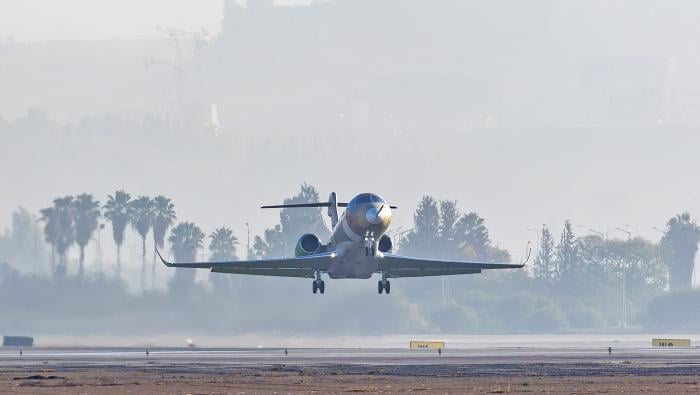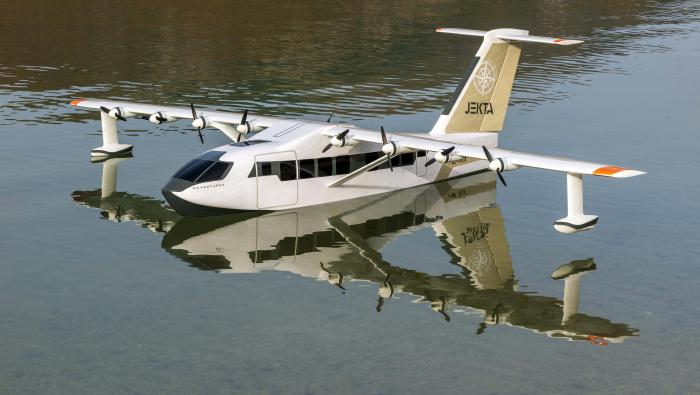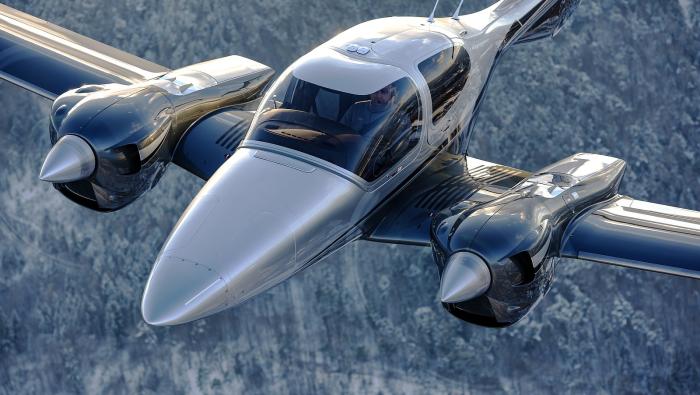New Business Jets 2010
Cirrus Vision
Cirrus Aircraft has weathered the recession by embarking on a stringent efficiency improvement program that is helping the compan
Cirrus Aircraft has weathered the recession by embarking on a stringent efficiency improvement program that is helping the compan








